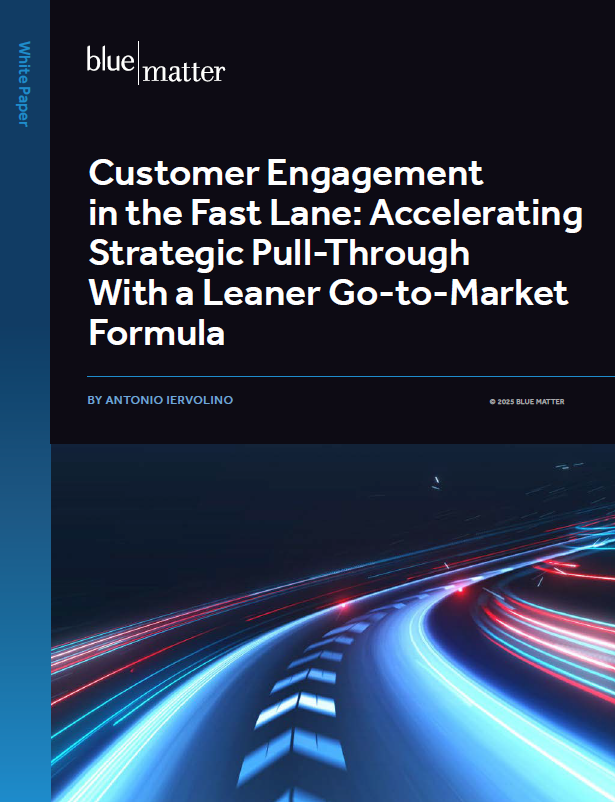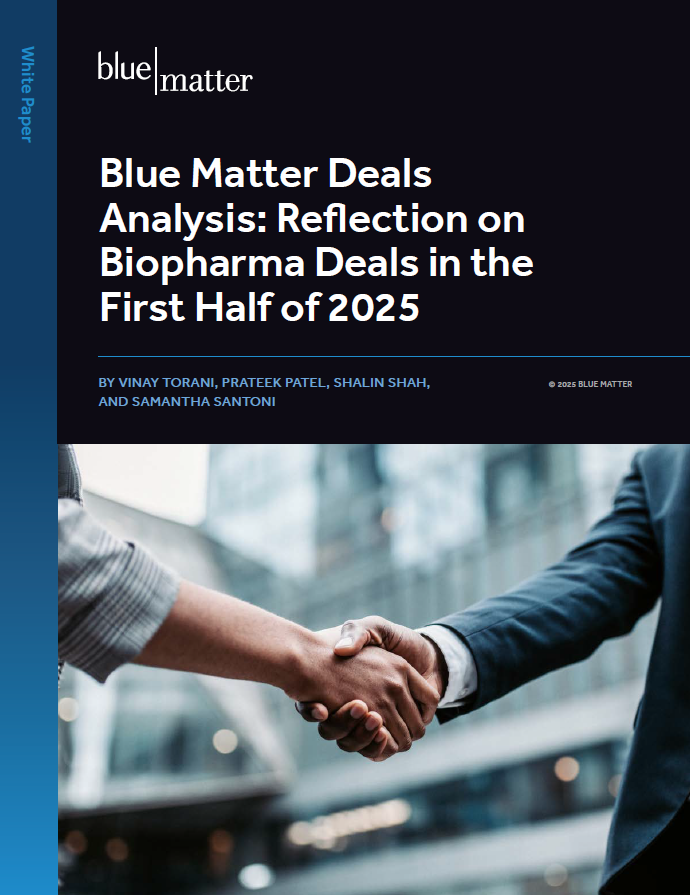
Ensuring a safe and reliable supply of needed therapies is critically important, but the rising cost and complexity of managing supply chains in Europe has biopharma companies straining to handle the pressure. In part 1 of this 3-part series, we introduced the economic and regulatory factors that are driving the situation.
The major economic factors include Europe’s aging population, rising healthcare costs, and the impacts of parallel distribution. The regulatory factors include the EU Falsified Medicines Directive, growing requirements regarding out-of-stock (OOS) reporting, the increasing mandatory application of digital ordering, and various green policies.
These factors combined push up inventory levels and increase supply chain complexity while also requiring biopharma companies to invest more in tracking and reporting technologies, Sales and Operations Planning (S&OP) / Integrated Business Planning (IBP) processes, and additional supply chain infrastructure components. As a result, biopharma companies face rising costs and eroding profit margins. These factors also create additional barriers to potential new entrants.
The remainder of this series will outline some strategies that biopharma companies can use to manage this complexity. Part 2 focuses on “upstream” supply chain strategies while part 3 will focus on “downstream” strategies. For our purposes here, “upstream” refers to the manufacturing and packaging steps in the value chain, while “downstream” refers to all that happens when transferring a packaged and labeled product to the point of dispensing it to a patient.
In this paper, we discuss a range of potential upstream strategies. This list is not intended to be fully comprehensive. However, we think it represents a robust range of ideas for helping mitigate complexity, cost, and risk.





